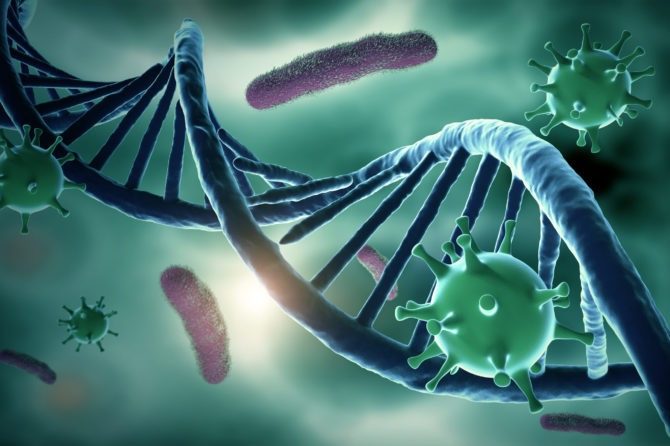
HIV 1 vs HIV 2: What’s the Difference?
There are two distinct forms of HIV that currently exist: HIV 1 and HIV 2. In technical terms, HIV 2 is more than 55% genetically different from HIV 1. However, the main practical difference between the two relates to geography and prevalence. HIV 1 is very often referred to as just HIV; it is the most common of the two strains and it is found worldwide. HIV 2, by contrast is isolated to areas in West Africa and some parts of India. Here, we’ll explain everything there is to know about HIV 1 vs HIV 2, including symptoms, testing, and treatment options:
HIV 1 & HIV 2 Transmission and Symptoms
Like HIV 1, HIV 2 can be transmitted from person-to-person through sexual contact. This includes oral, anal, and vaginal sex. Additionally, HIV can be spread through blood. So individuals who share needles are at particular risk of contracting HIV.
HIV 1 and HIV 2 also share many similar symptoms. Common symptoms of both include:
- Nausea
- Fatigue
- Headache
- Enlarged lymph nodes
- Weight loss
- Rashes
As both forms of HIV progress, opportunistic infections may occur. For example, people with HIV are more likely to contract other STDs like herpes.
With time, HIV 1 and 2 can lead to AIDS. It is worth noting, though, that HIV 2 generally moves at a slower rate than HIV 1. HIV 2 symptoms tend to manifest later in development, and it can take longer for the disease to progress fully. This does not mean HIV 2 is any less dangerous. HIV 1 and 2 can be fatal.
HIV 1 vs HIV 2 Testing
Many STD tests in the U.S. are designed to detect the presence of HIV 1. This typically makes sense considering it is much more common, and that HIV 2 is practically unheard of in the country. Still, some advanced HIV tests can detect both the presence HIV 1 and/or HIV 2 antigens. For instance, our 4th generation HIV test can identify both forms of HIV. Other tests, though, like RNA tests –– which can deliver results very quickly –– are geared toward one form of HIV or the other. Both strains of HIV tests require blood samples and are simple and painless.
HIV 2 Testing
While most individuals probably don’t have to worry about contracting HIV 2, there are several mitigating circumstances worth considering. First, if a person travels to areas like West Africa or India and engages in activities that could spread HIV –– such as sexual contact or the sharing of needles –– then they should get tested for HIV 2. Also, if a person exhibits symptoms of HIV, but consistently tests negative for HIV 1 –– an HIV 2 test should be administered.
Leave a reply

Leave a reply